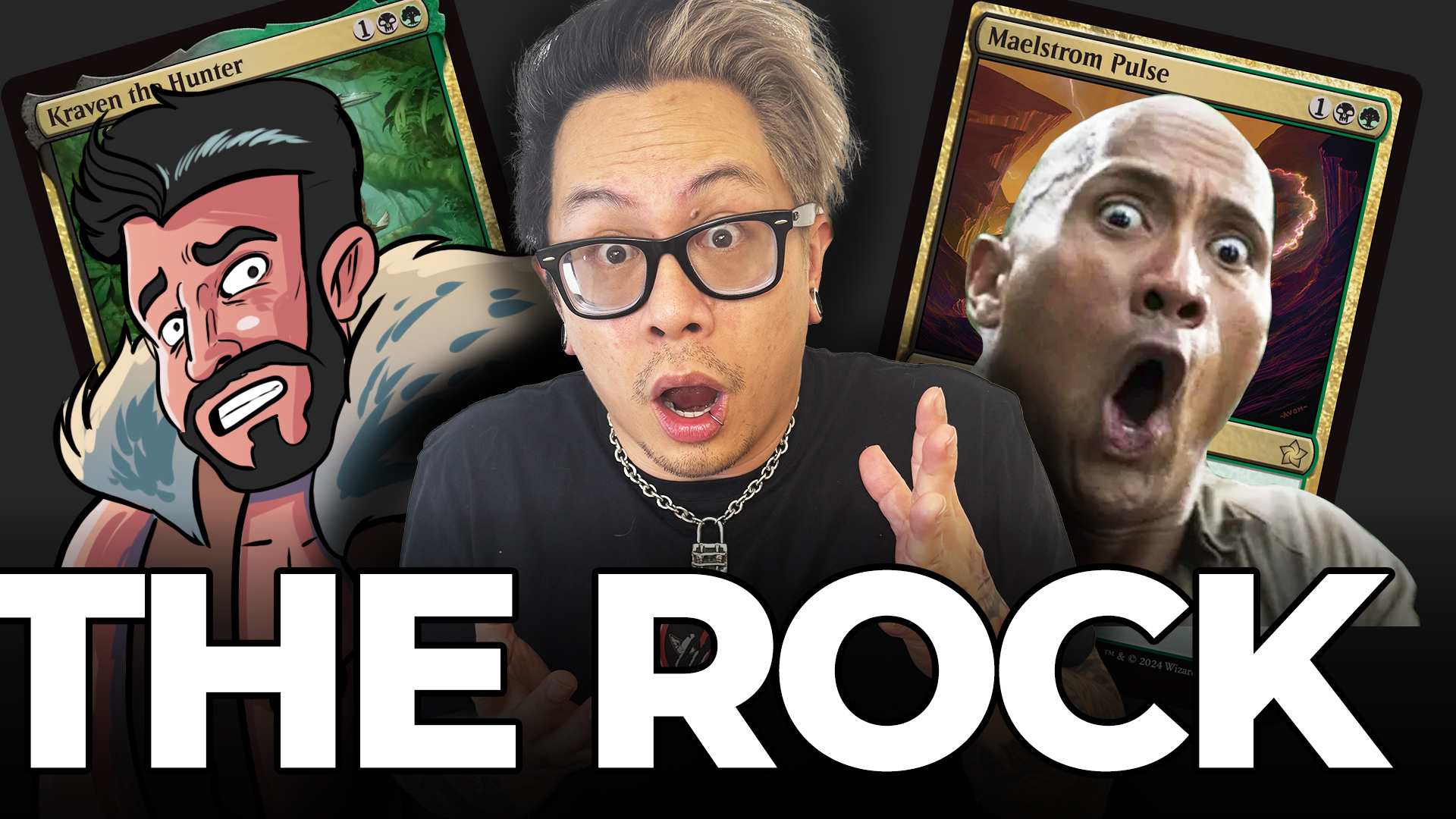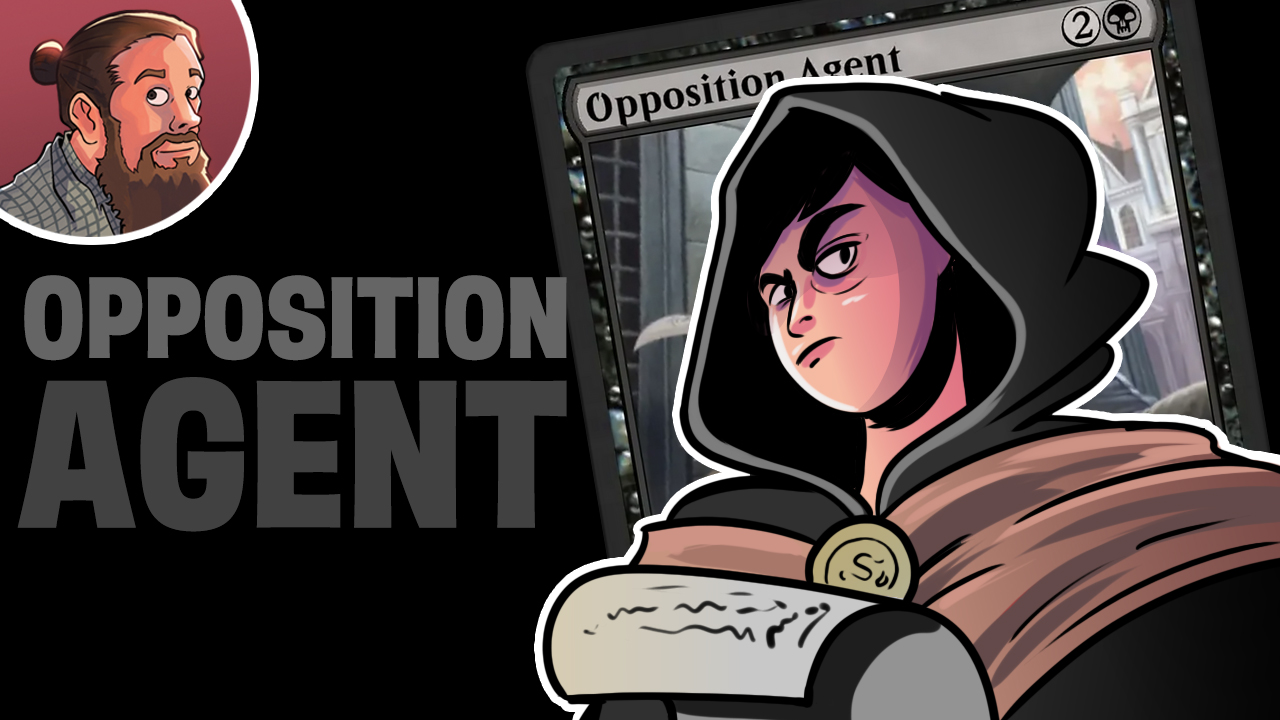Magic Math - Magic Origins Edition
Magic the Gathering is a game of strategy, a game of skill, and a game of variance. The primary source of in-game variance is the order in which a player draws their cards. An uneven mix of lands or spells can force a mulligan, while a nice curve of lands into 2-drop, 3-drop, 4-drop, 5-drop can easily be enough to win a game of Limited against an opponent who stumbles.
To be an excellent player, you must be able to understand and use variance as an ally. To do that, you sometimes have to do a little bit of thinking, and you sometimes have to pull out a calculator to do the thinking for you.
In this article, I'll discuss three cards in Magic Origins and the math that makes them good or bad in Magic Origins Limited.
Molten Vortex
![Molten Vortex [ORI]](http://cdn1.mtggoldfish.com/images/gf/Molten%2BVortex%2B%255BORI%255D.jpg)
Molten Vortex is an interesting card. It's not wholly unique given the existence of Seismic Assault, but it's the first time we've seen this effect with a mana cost for activation. Some players may note the obvious that it turns lands in Shocks. But other players might ponder a more insane strategy: What if we tried the "combo" of this card and 39 Mountains? Could it actually work? Could this be Pack Rat 2.0? Let's find out.
The first easy calculation is dividing 20 by 2 to find out it takes 10 lands to kill an opponent from 20 life. Playing only a single land out and activating this once a turn would take 11 turns to kill your opponent. Since this is much too long, we'll be forced to play two lands as land drops. In order to win the game, we'll need this card (1), Mountains for land drops (2), and Mountains to sling at our opponent's face (10). That's a total of 13 cards. In a perfect world, we'd always start with 7 cards including our Molten Vortex, but we'll often have to mulligan to find the enchantment. Assuming we mulligan any hand without Molten Vortex, here's the number of turns it would take to win.
| Play | Draw | Probability | |
| No mulligans | Turn 7 | Turn 6 | 17.5% |
| Mulligan to 6 | Turn 8 | Turn 7 | 12.4% |
| Mulligan to 5 | Turn 9 | Turn 8 | 8.8% |
| Mulligan to 4 | Turn 10 | Turn 9 | 6.1% |
| Mulligan to 3 | Turn 11 | Turn 10 | 4.1% |
| Mulligan to 2 | Turn 12 | Turn 11 | 2.6% |
| Mulligan to 1 | Turn 13+ | Turn 12+ | 48.5% |
For comparison, if the opponent plays a 2-power creature on turn 2, a 2-power creature on turn 3, and does nothing else, they'll win the game on their eighth turn. Even being extremely generous and saying that the Molten Vortex deck wins every time it finds its namesake enchantment in a 7 or 6 card hand, and wins half the time it finds the card in a 5 or 4 card hand, that leaves the deck with only a 37.3% game win rate, corresponding to a 31.4% match win rate.
Since this deck boasts such an abysmal win rate ceiling, folds to any enchantment removal, and is also pretty weak to a Healing Hands sideboard strategy, I would not recommend trying this rogue brew out in your next event. The individual who claimed to pilot this brew to a 4-1 record at a Sealed event (which, in turn, encouraged me to write this article) either fabricated their claim or witnessed an event with roughly a 3.6% chance of occurring.
Sylvan Messenger
![Sylvan Messenger [ORI]](http://cdn1.mtggoldfish.com/images/gf/Sylvan%2BMessenger%2B%255BORI%255D.jpg)
Black/Green is probably the most overdrafted color combination in Magic Origins at present. One potential explanation for this is that people love playing Elves. So how good is Sylvan Messenger in this archetype? Let's find out:
| Other Elves in Deck | Expected Number Drawn |
| 2 | 0.2051 |
| 5 | 0.5129 |
| 8 | 0.8207 |
| 11 | 1.1283 |
| 14 | 1.4359 |
| 17 | 1.7436 |
These numbers raise an obvious question: If a player must craft their deck until over half the creatures in the deck are Elves before having the value of drawing a single card on average, how could this card be good? Can it even compare to something more consistent like Shaman of Spring or Llanowar Empath?
Imagine that you've managed to craft the fabled 18-Elf deck and you've just resolved a Sylvan Messenger. You flip over the four cards and reveal no Elves at all! This has only about a 9% chance of happening! You're about to go order a #BlameWorth t-shirt when you stop and think for a second: If all the creatures in your deck are Elves, what good were those four cards going to do you anyway? As long as you don't have any effects that shuffle your deck afterwards, you now have 4 non-Elf cards that you don't have to draw, improving your future draws. This helps you dig toward your Shaman of the Packs even if they aren't in the top four cards.
If it's late in the game when you have plenty of lands and you don't need any non-Elf cards in your deck, a Sylvan Messenger effectively draws four cards every time. This is because it instantly extracts all the value of those four cards that you would have gotten by drawing them one a time normally. Obviously any good Green Origins deck will have some number of Wild Instincts or Joraga Invocations that they're looking for, but the point remains: Sometimes a card's value can't be measured by a single, simple number.
Talent of the Telepath
![Talent of the Telepath [ORI]](http://cdn1.mtggoldfish.com/images/gf/Talent%2Bof%2Bthe%2BTelepath%2B%255BORI%255D.jpg)
Here's a card that looks splashy and is fun, but is quite variant in the effect it can have. The average limited deck typically runs 4-8 instants and sorceries. Let's run the numbers for that range to see the likelihood of hitting a specific number of targets against a deck with a certain number of spells in their deck.
| Number of Targets | Hitting 0 | Hitting 1 | Hitting 2+ |
| 4 | 44.8% | 41.8% | 13.4% |
| 5 | 36.1% | 43.5% | 20.4% |
| 6 | 28.9% | 43.3% | 27.9% |
| 7 | 23.0% | 41.6% | 35.5% |
| 8 | 18.1% | 38.9% | 43.0% |
This card has a decent chance to do absolutely nothing and only hits one card on average even with Spell Mastery triggered. Most instants and sorceries you get will be worth less than the four mana you paid for Talent of the Telepath anyway. The following types of instants/sorceries aren't even good to hit:
- Combat tricks get worse at Sorcery speed
- Spells that only work in combat such as Celestial Flare aren't valid targets
- Counterspells such as Bone to Ash are unusable
- X-spells such as Ravaging Blaze have X stuck at 0 and are thus useless
- Cards like Fiery Conclusion and Magmatic Insight still require you to pay their additional costs
But somehow, in the 58k sample games analyzed for Magic Origins, this card was still cast 965 times. That's 965 times more than it should have been cast as partially evidenced by its 40% win percentage. Please stop playing this card unless you have a very serious reason. I'd by unhappy putting this card in my deck without first seeing multiple 5+ mana spells from my opponent while also having a Sphinx's Tutelage in my deck to benefit from milling the opponent for seven cards.
Conclusion
That's a wrap for this first installment of Magic Math. Let me know in the comments below if there are any interesting cards I skipped over in Magic Origins. I'll be keeping an eye out for Battle for Zendikar spoilers that could benefit from some concrete calculations in my next Magic Math edition.













